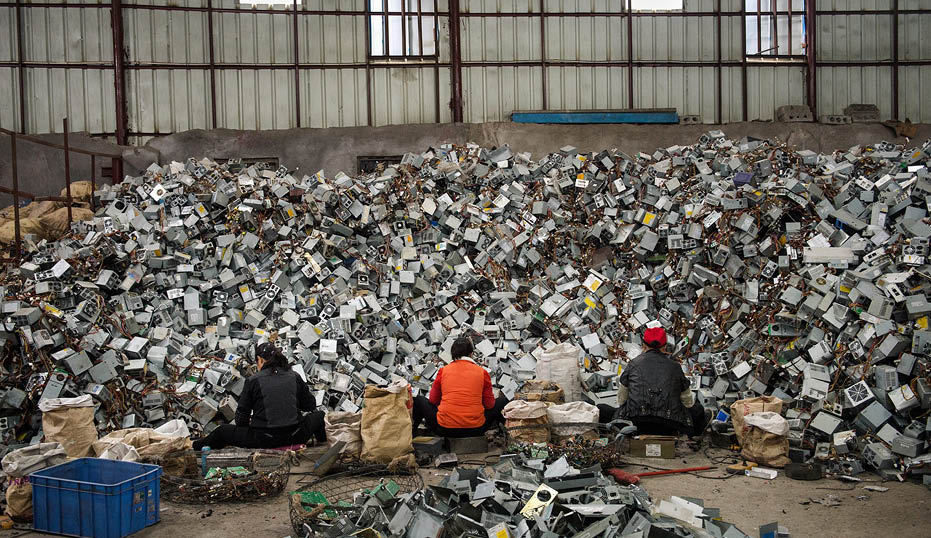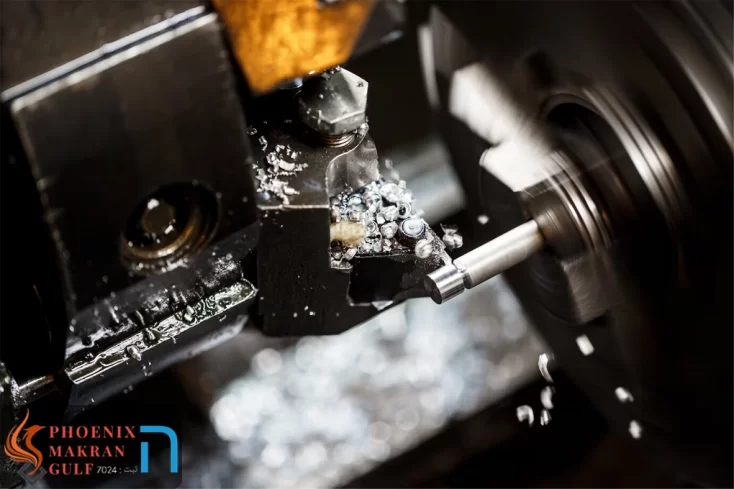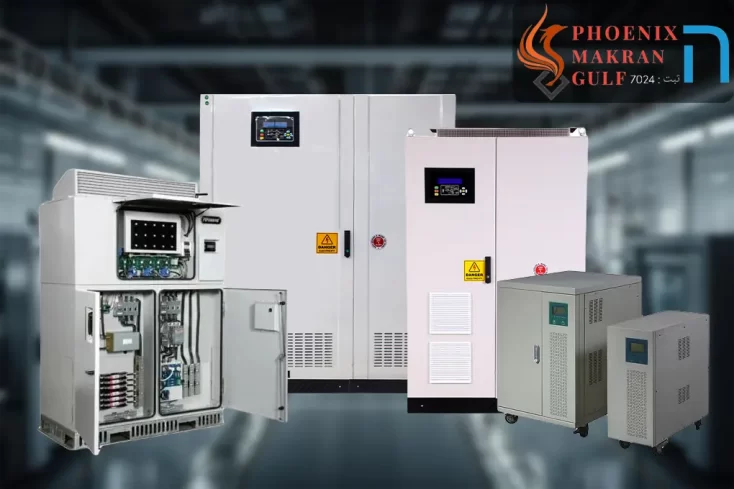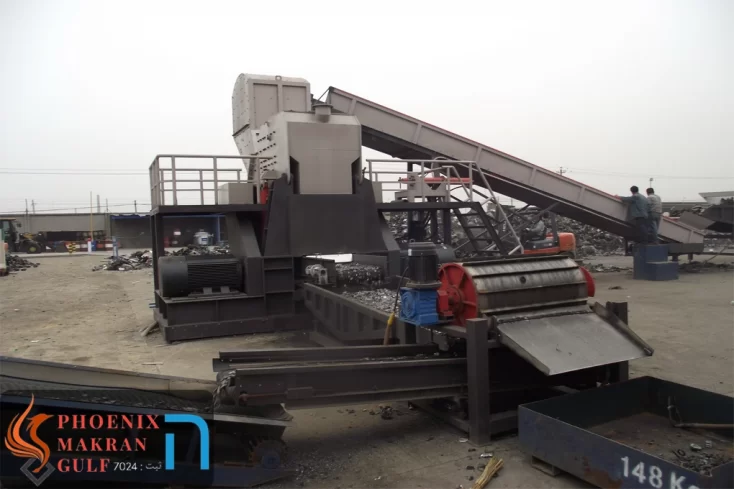Introduction to Metal Recycling
You can read an overview of metal recycling, its importance and recycling process in this article. Metals can be recycled repeatedly without changing their properties. According to the American Iron and Steel Institute (AISI), steel is the most recycled on the planet. Other recycled metals include aluminum, copper, silver, brass and gold. Read more about metal recycling.
Why recycle metals?
Metals are precious materials that can be recycled over and over again without changing their properties. Scrap metals are valuable and motivate people to collect them for sale for recycling.
In addition to financial incentives, there is an environmental necessity. Metal recycling allows us to conserve natural resources while requiring less energy to process the production of new products using fresh raw materials. If you are looking for the price of corner 4 and you want to get it at a low cost, use second-hand iron. By recycling it, less carbon dioxide and other harmful gases are emitted. Most importantly, it saves money and allows manufacturing businesses to reduce their production costs. Recycling also creates employment.
Fast Metal Recycling Facts
Although almost any type of metal can be recycled over and over again without changing its properties, in 2018, only 34% of the metals in US municipal waste facilities were recycled.
In 2019, 490.98 million (32%) of the 1,532.51 million tons of crude steel produced worldwide were made using recycled materials.
See also: Double shaft shredder

About 69% of crude steel in the United States in 2019 was made from recycled materials. In the article Introduction to Metal Recycling you can get very good information in this field.
In the United States alone, about 2.2 million tons of steel cans and other steel packaging waste will be produced in 2018.
Steel and iron are the most recycled in the world due to the ability to recover large structures as well as ease of reprocessing. The use of magnets in the sorting process enables recyclers to easily separate them from the mixed waste. Read an introduction to metal recycling and share your thoughts with us.
Read more: Familiarity with cast iron types
Currently, the only recycled container in the world is aluminum cans.
Recycling a single aluminum can save enough energy to power a 100-watt bulb for about four hours.
Types of recycled metals
Metals can be classified as ferrous or non-ferrous. Ferrous metals are a combination of iron and carbon. Some common ferrous metals include carbon steel, alloy steel, wrought iron and cast iron.
Non-ferrous metals, on the other hand, include aluminum, copper, lead, zinc and tin. Precious metals are non-ferrous. The most common precious metals are gold, platinum, silver, iridium and palladium. The article introduces you to metal recycling and how to do it.
Introduction to Metal Recycling
The main steps of the metal recycling process are as follows:
Collection: The collection process for metals is different from other materials due to the higher value of scrap. Likewise, selling it to scrap units is more than sending it to a landfill. The largest source of iron scrap in the United States is scrap vehicles.
Other sources include large steel structures, railroad tracks, ships, agricultural equipment and, of course, consumer scrap. The rapid scrap generated during the production of a new product makes up half of the scrap iron.
Sorting: Classification involves the separation of metals from the flow of mixed scrap metals or the waste streams of mixed mixtures. In automatic recycling operations, magnets and sensors are used to help separate materials.
At the entrepreneurial level, scrubbers may use magnets to observe the color or weight of the material to determine the type of metal. For example, aluminum will be silver and light. Other important colors to look for are copper, yellow (for rice) and red for red rice. Scrubbers improve the value of their materials by separating clean metal from dirty materials.
Processing: Metals are crushed for further processing. Crushing is done to improve the melting process because small crushed metals have a large surface-to-volume ratio.
As a result, they can be melted using relatively less energy. Typically, aluminum is converted into small sheets and steel is converted into steel blocks. This step is one of the introductory steps in metal recycling.
Melting: Metal scrap is melted in a large furnace. Each metal is taken to a special furnace designed to melt that particular metal. At this stage, a considerable amount of energy is consumed.
Still, as mentioned above, the energy required to melt and recycle metals is much less than the energy required to produce metals using virgin raw materials. Depending on the size of the furnace, the temperature of the furnace and the volume of the metal, melting can take from a few minutes to a few hours. To see attractive videos in the field of metal recycling, you can follow our apartment channel.
Solidification: After refining, molten metals are carried by the conveyor belt to cool and
They are solid, ready to use. They are then transported to various factories, where they are used as raw materials for the production of new products. When the products made from these metal rods reach the end of their useful life, the metal recycling process starts again.
Challenges for the metal recycling industry
Given the recyclability of almost any metal, the current full metal recycling rate of around 34% is currently unacceptable, and the challenges of how to recycle more materials for recycling remain unfinished. Expanding community recycling programs and raising public awareness will help.
Another important reason for the low recycling rate is related to the design of various metal products. The growing complexity of modern products and the composition of their materials make recycling increasingly difficult. For example, a smartphone can have more than 70 different elements; Therefore, extracting all kinds of materials from mobile phones and reusing them in the production of new products makes it difficult. Here are some things to keep in mind when it comes to metal recycling.
Metal recycling technologies
Up-to-date recycling technologies can effectively detect different types of metals, although more efficient recycling technologies are still needed to separate non-ferrous metals. Watch interesting videos in this regard on YouTube channel.
Separation of ferrous metals from non-ferrous metals is one of the most important steps in the sorting process. Because ferrous metals contain iron, they are adsorbed by magnets and easily removed from the mixed waste stream. In scrap yards, cranes equipped with electric magnets can remove larger pieces of scrap metal. In the introduction to metal recycling, you will learn about recyclable metals.
When sorting metals from a mixed stream of recyclable materials, paper is first separated and only plastics and metals remain. Electric current is then induced by currents that affect only metals. This process is called eddy current separation. Although aluminum is not magnetic, this technology can reduce it and keep plastics out of the way.
Recovering precious metals such as palladium, platinum, gold and other precious metals such as copper, lead and silver from e-waste is only economically viable if sufficient scrap is collected. Such separation requires more advanced recycling equipment. These days, in large recycling facilities, the use of sensors to detect metals through infrared scanning and X-rays has become common. The three most common metal detection processes are biotechnology, hydrometallurgy, and pyrometallurgy. The use of these technologies can effectively improve the rate of metal recovery.
The table below shows the metals that can be separated with the STEINERT KSS device.
| Color detection sensor | 3D laser detection | inductive sensors | X-ray transmission | X-ray spectroscopy | Near infrared detection | |
| Separation of aluminum from heavy metals | (X) | (ٓX) | X | |||
| Reduction of magnesium particles combined with aluminium | (X) | (X) | X | |||
| Cables, printed circuit board, stainless steel t and printed circuit board | X | X | X | (X) | ||
| Non-ferrous metals and precious metals | (X) | (X) | X | |||
| Stainless steel and zinc | (X) | (X) | X | |||
| Metals and different types of plastics | (X) | (X) | X | |||
| Different types of plastic | X | |||||
| Combustion cutting edge composition | X |
Business opportunities in metal recycling
Traditionally, metal recycling has been considered a lucrative business opportunity. Low prices have proven to be challenging in recent years. At the entrepreneurial level, a common denominator is entering the metal recycling business by starting a scrap metal collection business or becoming a scrap seller. In the introduction to metal recycling, you will find out how much this affects domestic and foreign industries. Helps to get acquainted with new devices used in metal recycling.
Metal recycling laws and regulations
If you are looking to start a metal recycling business in the United States, you should know about recycling laws in your state. This interactive map lets you find the metal recycling rules of each jurisdiction.
solidify the metals. At this stage, the scrap is transformed into special shapes such as rods that can be easily used to produce various metal products.




It helped when you mentioned that a large furnace is used to melt metal scrap. My friend wants to get their metal scrap recycled. I think it’s best to partner with a firm that is equipped for metal recycling.
Thank you for mentioning that steel and iron are the most recycled materials worldwide since they can be easily processed and massive constructions may be recovered. Some of the steel furniture that my sister has is rusted and unusable. I’ll advise her to get her furniture recycled via the ferrous steel recycling service.